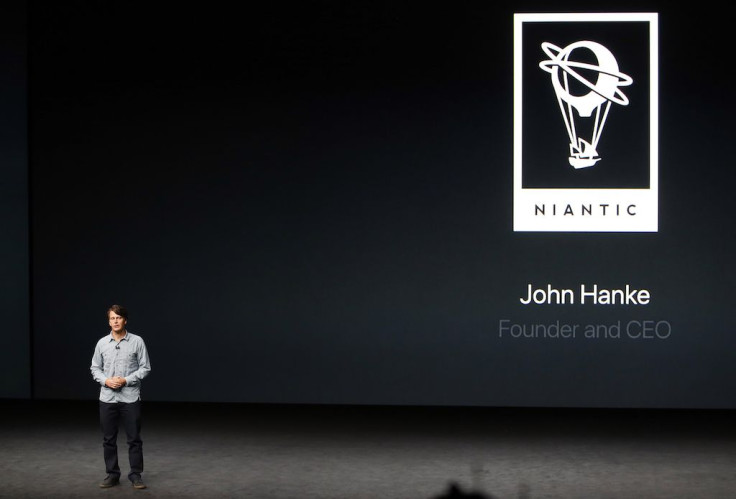Niantic Opens AR Platform To Third-Party Developers, Shows Off Experimental Capabilities

Niantic Labs, the developer behind “Pokémon Go,” has announced that it is planning to open its augmented reality platform to third-party developers. The company also shared it’s vision for the future of its AR platform, which includes advancements in machine learning and computer vision.
“Today, we are offering a preview of the technology we have been developing: the Niantic Real World Platform,” Niantic CEO John Hanke said in a blog post. “This is the first time we’ve given an update of this nature publicly, and I’m confident it will provide a sense of how committed we are to the future of AR, and to furthering the type of experiences we have pioneered.”
The CEO also revealed that Niantic has acquired the computer vision and machine learning company Matrix Mill and established a new office in London. Niantic plans to coordinate with Matrix Mill and Escher Reality to continue the advancement and development of its Real World Platform, which is the same engine that powers “Ingress,” “Pokémon Go” and the upcoming “Harry Potter: Wizards Unite” AR mobile game.

With Matrix Mill, Niantic wants to build more social AR experiences, while Escher Reality will help in developing cross-platform AR that can be shared with other people. Niantic's Real World engine combines computer vision, depth detection and real-time object recognition to make AR experiences more immersive, according to The Verge.
Niantic also showed off a couple of demos demonstrating new and experimental capabilities of its Real World Platform. The first demo the company showed off is Codename: Niantic Occlusion. In the demo, it shows an AR version of Pikachu running around in real-world environments, but Pikachu is also able to hide behind objects. Another demo shows the same technology at work but Pikachu is accompanied by Eevee.
“Recognizing objects isn’t limited to understanding what they are, but also where they are. One of the key limitations of AR currently is that AR objects cannot interact meaningfully in a 3D space,” Hanke said. “Ideally, AR objects should be able to blend into our reality, seamlessly moving behind and around real world objects.”
The next demos the company showed off are Codename: Neon and Tonehenge, both of which show multiplayer gameplay in real-time and in augmented reality. Neon is a laser tag-style game, while Tonehenge is a puzzle game.
“We have developed proprietary, low-latency AR networking techniques. Thanks to this solution, we’ve been able to build a unified, cross-platform solution that enables a shared AR experience with a single code base,” Niantic said. “This is just a brief glimpse into what we have under the hood of the Niantic Real World Platform. While we are using this technology first for games, it is clear that it will be relevant to many kinds of applications in the future.”
For developers who want to try out Niantic’s Real World Platform and other tools, they can sign up on the company’s page. Niantic said that it will be selecting only a handful of third-party developers to begin working on their own AR apps powered by the Real World engine.
© Copyright IBTimes 2024. All rights reserved.





















